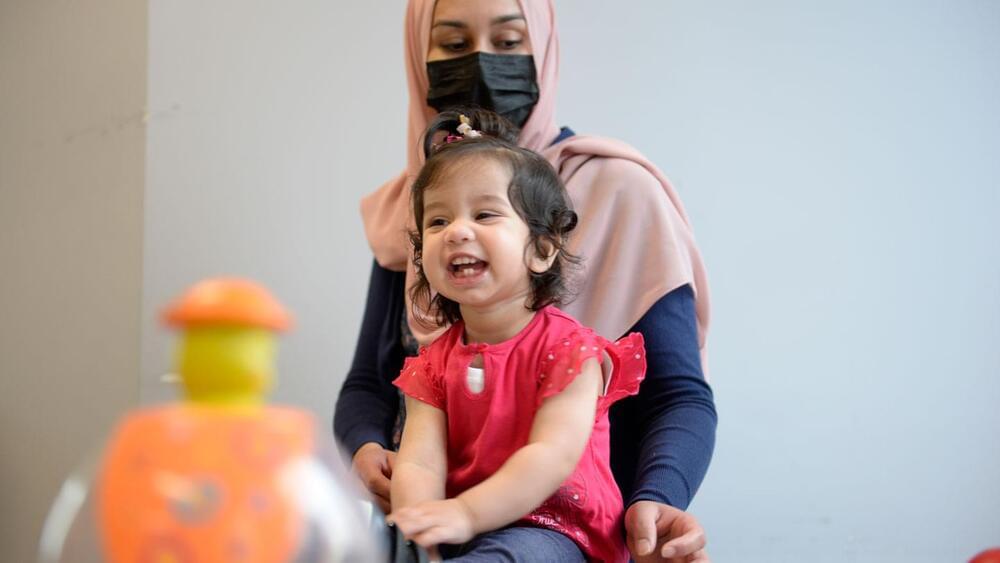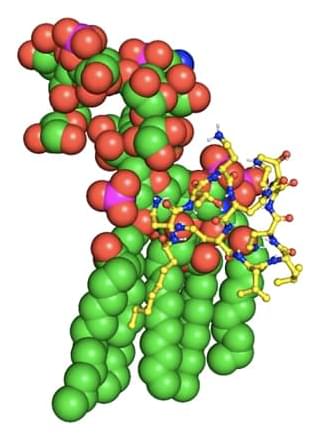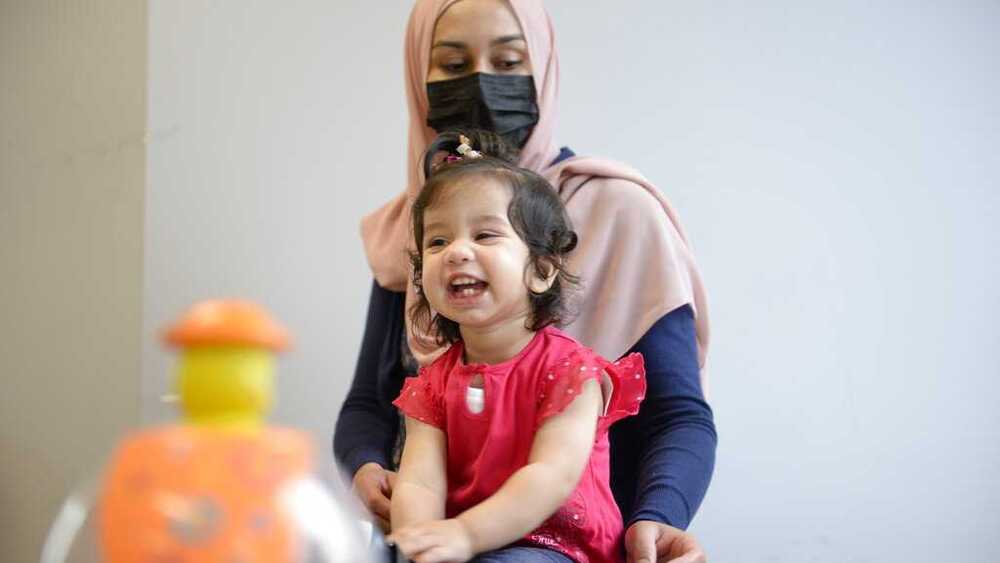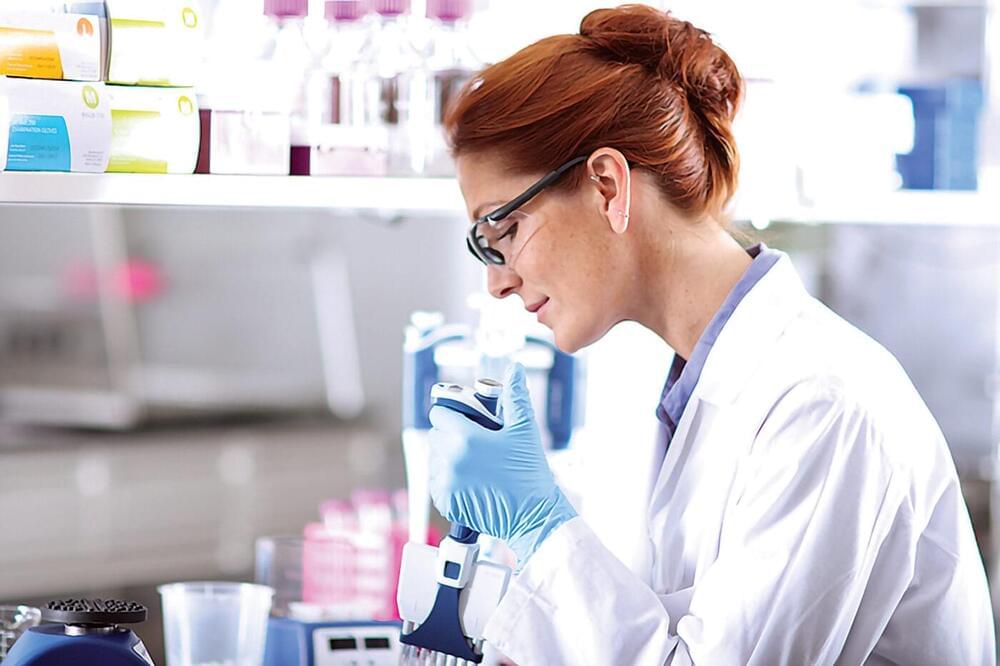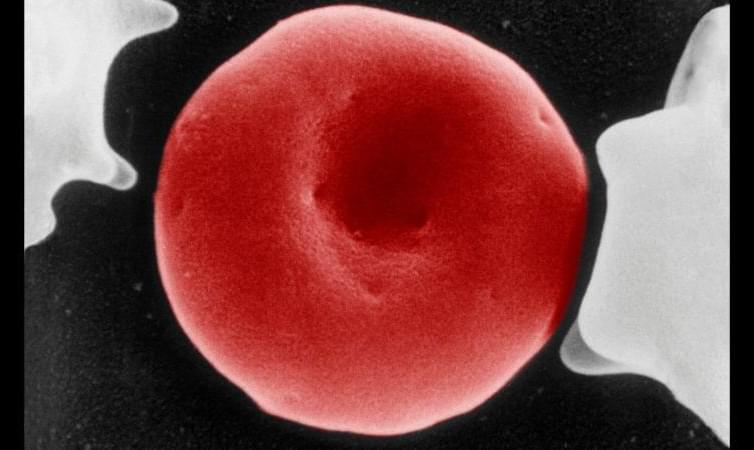When Courtney “CJ” Johnson pulls up footage from her Ph.D. dissertation, it’s like she’s watching an attempted break-in on a home security camera.
The intruder cases its target without setting a foot inside, looking for a point of entry. But this intruder is not your typical burglar. It’s a virus.
Filmed over two and a half minutes by pinpointing its location 1,000 times a second, the footage shows a tiny virus particle, thousands of times smaller than a grain of sand, as it lurches and bobs among tightly packed human intestinal cells.
